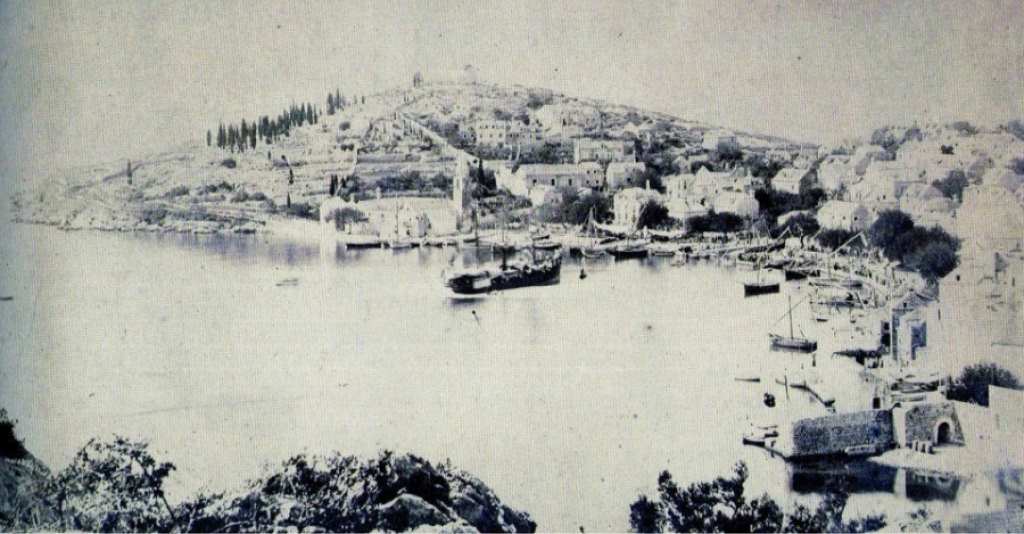◆EPIDAURUM, CAVTAT

The first mention of ancient Epidaurum is found in 48 BC in the work De bello Alexandrino where it is described as a praesidium or fortified city which in the time of Augustus received the status of a colony. In ancient Rome, the status of a colony represented the highest status that a provincial city could obtain. Almost every colony was a copy of the city of Rome, so it can be assumed that Epidaurum was no exception. Each city had a forum or main square located at the intersection of the main streets of cardo and decumanus. Next to the forum were administrative buildings and temples, and a regular network of streets branched out around it, along which the city’s apartment blocks stretched. Among other things, the cities had a theatre, thermal baths and other public buildings that we do not know where they were in Epidaurum because we have not yet found them in Cavtat. The only complete larger infrastructure in Epidaurum that is known today is the 24 km long aqueduct, which led from the present-day village of Vodovađa all the way to Cavtat (Epidaurum). Thanks to its favourable economic and commercial position, Epidaurum eventually grew into an important port and economic centre. With the collapse of the Western Roman Empire and the incursion of the Slavs and Avars on the borders of the Empire, Epidaurum slowly disappeared from the map of the Mediterranean under the blow of the ‘barbarians’, and it was widely believed that refugees fled to modern day Dubrovnik. Hence one of the names of Cavtat, Ragusa vecchia, while today’s name is derived from the Latin word civitas, i.e. a city. In the late Middle Ages, Dubrovnik developed on the heritage of Epidaurum, which is used to create the myth of Dubrovnik’s glory and antiquity. While the stone of the ancient city eventually ended up secondarily used as building material for the construction of the new Cavtat and modern day Dubrovnik.